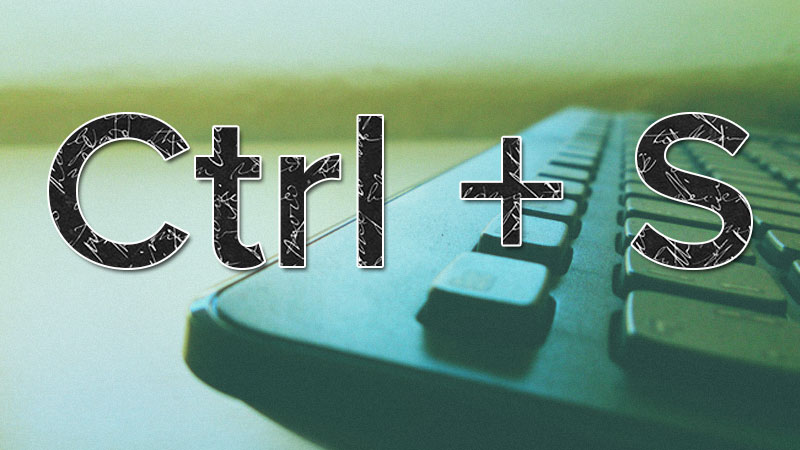Most of the heavyweight IT analysts agree that 2014 will be the year the Internet of Things finally catches up with its own hype, as a number of key factors converge to make it not just commercially viable, but a commercial necessity.
The Internet of Things has been talked about for years as some sort of beatific state of seamless connection between human and non-human endpoints, merging the physical and virtual worlds so completely that we might as well be in The Matrix. The practical upshot of this so far has been restricted to RFID technology and a variety of niche applications, some of which are genuinely useful, while others are patently daft. Or just plain terrifying.
But it’s only now that the Internet of Things can really come into its own. As cloud computing starts to dominate the IT landscape, high-speed mobile connectivity becomes commonplace, and the emergence of low-cost sensors makes it affordable to connect pretty much anything to the Internet, billions of objects will suddenly become ‘smart’, or at least connected.
That’s a whole lot of Things creating a whole lot of data, which presents a great opportunity for businesses that can analyse it fast enough. But although the Things may be connected to the Internet, there’s a real risk that the connectivity may end there – with companies left to make sense of silos of unrelated data from billions of sensors all over the world. The IT god giveth, and the IT god taketh away.
When you add other trends into this mix (non-IT executives buying whatever half-baked business intelligence app catches their eye; CEOs obsessing about Big Data without really knowing why; every last one of your employees crippling the corporate network with personal devices riddled with security holes), the implications for IT leaders are pretty huge. They’ll be expected to find new ways to accelerate connectivity, ensure data is analysed, stored and secured with minimum fuss, and stop the costs for all this from spiralling out of control.
So far, so good for enterprise technology vendors. Companies will need faster networks, greater compute power, improved data analytics and visualisation software, and much more storage capacity. IDC reckons cloud computing spend (whether on cloud services or on the technology that supports them) will break the $100 billion barrier this year, with a 25% increase on 2013. The opportunities for B2B tech vendors are plain to see – now it’s up to B2B tech marketers to make the most of them.


